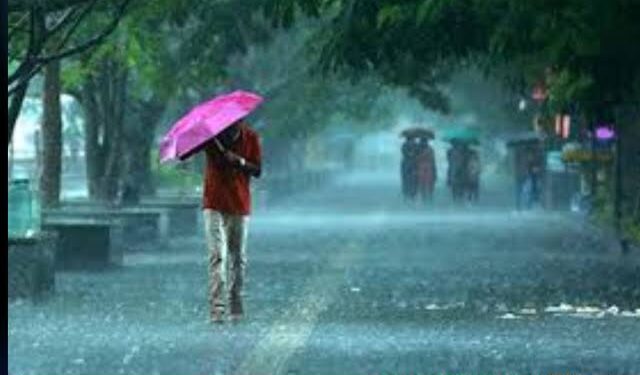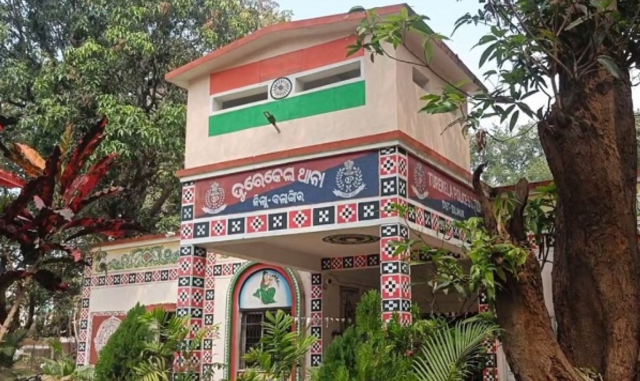Odisha is set to experience continuous rainfall until July 4 due to a cyclonic circulation over southwest Bangladesh and the adjoining Gangetic West Bengal, which is expected to develop into a low-pressure area over the north Bay of Bengal by Sunday morning.
According to Manorama Mohanty, Director of the Bhubaneswar Regional Meteorological Centre, this system will move west-northwest through Gangetic West Bengal, north Odisha, and Jharkhand, bringing heavy to very heavy rainfall across the state.
The southwest monsoon remains active, with significant rainfall already recorded in several districts. Keonjhar’s Banspal saw 11 cm of rain, while Jaipur and Remuna in Balasore, and Kaptipada in Mayurbhanj recorded 9 cm each. Bhadrak, Saraskana (Mayurbhanj), Balasore, Ghasipura (Keonjhar), and Tihidi (Bhadrak) reported 7 cm of rainfall.
The Meteorological Department has issued an orange warning for Mayurbhanj and Keonjhar until Sunday morning, signalling heavy to very heavy rainfall. A yellow warning for thunderstorms and rain has been issued for Bhadrak, Jajpur, Kendrapara, Cuttack, Jagatsinghpur, Puri, Khordha, Nayagarh, Ganjam, Gajapati, Sundargarh, Jharsuguda, Sambalpur, and Deogarh.
From June 1 to 28, Odisha recorded 198.4 mm of rainfall, 3% above the normal 192.3 mm. Districts like Jagatsinghpur, Kendrapara, Sonepur, Boudh, Sundargarh, Deogarh, Keonjhar, and Mayurbhanj experienced above-normal rainfall, while Malkangiri, Nuapada, Bargarh, Jharsuguda, and Jajpur saw deficient rainfall. Notably, Deogarh and Jagatsinghpur recorded over 50% excess rainfall.
The consistent monsoon activity has been beneficial for agricultural operations, providing favourable conditions for farmers. Maximum daytime temperatures are expected to range between 30-32°C, with cloudy skies persisting across the state.
The Meteorological Department urges residents in affected districts to stay vigilant and follow safety advisories as the state prepares for intensified monsoon activity over the next few days.





























